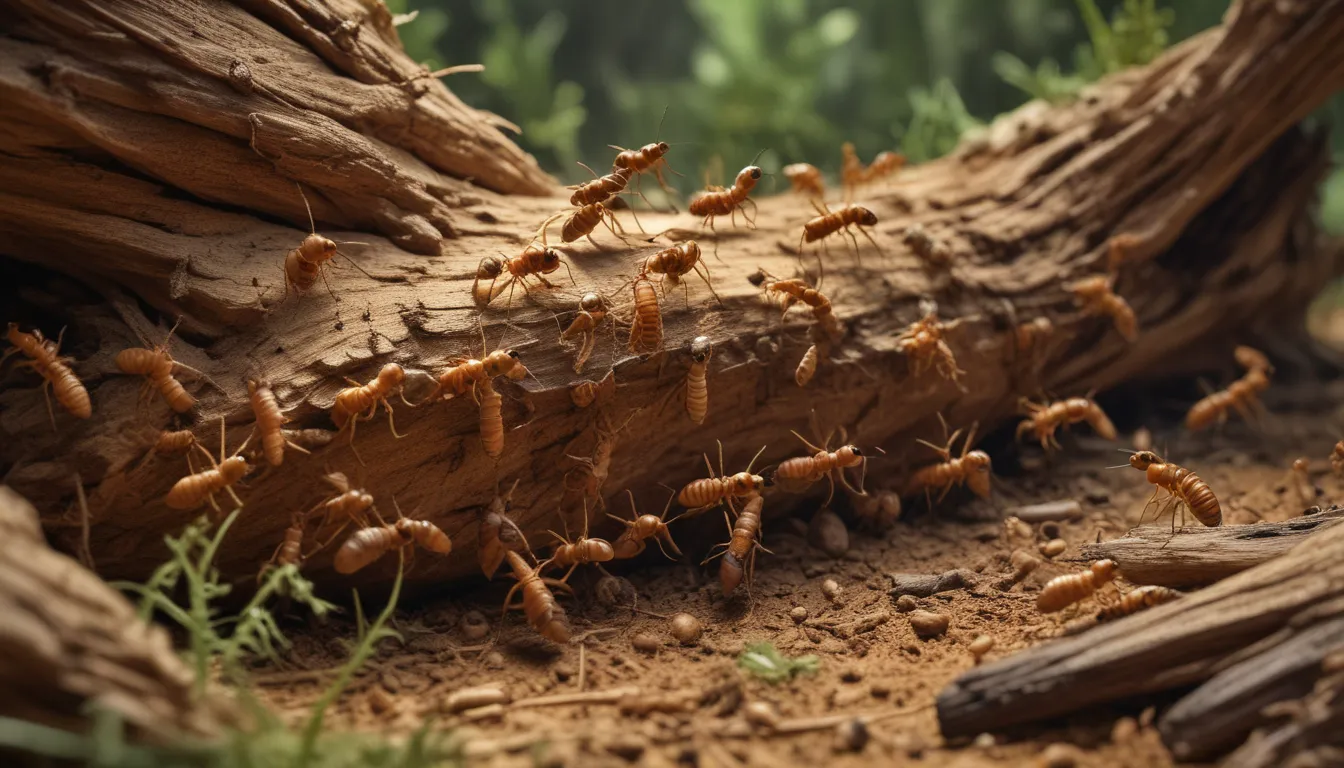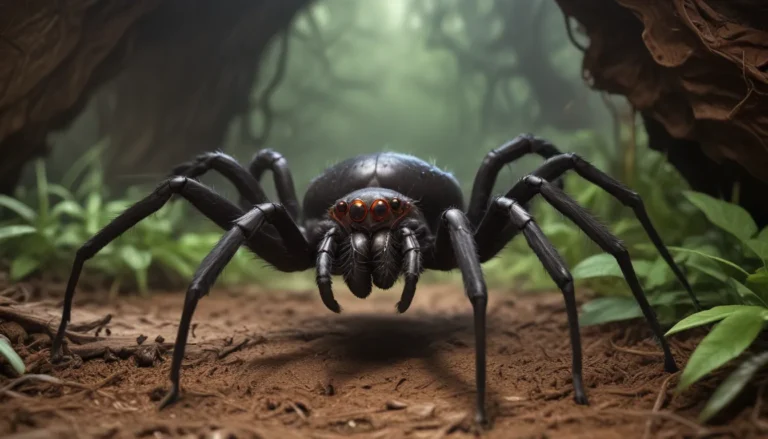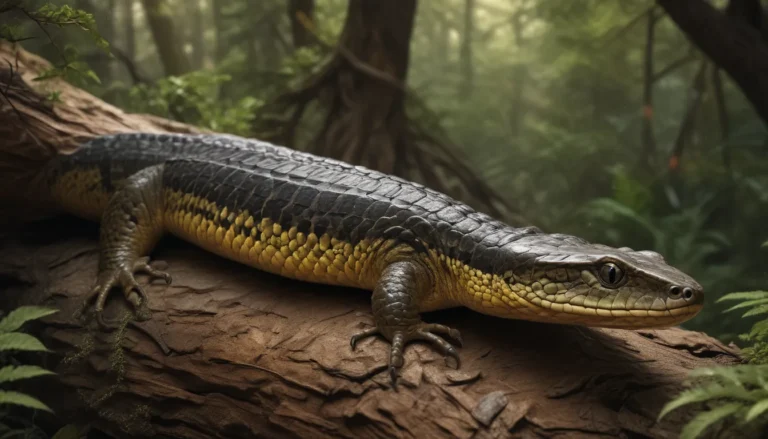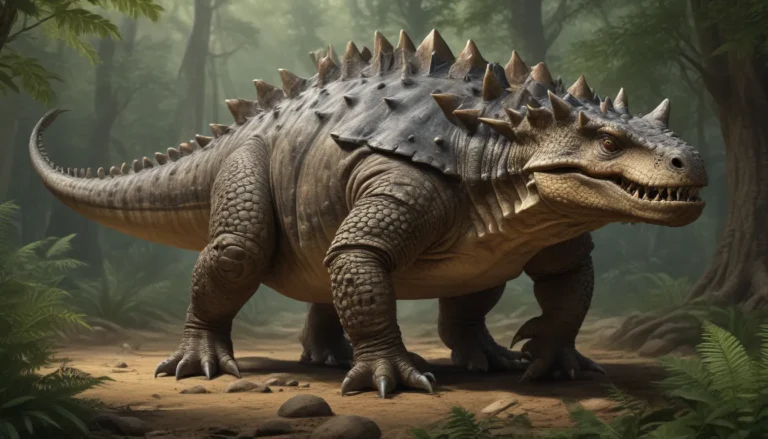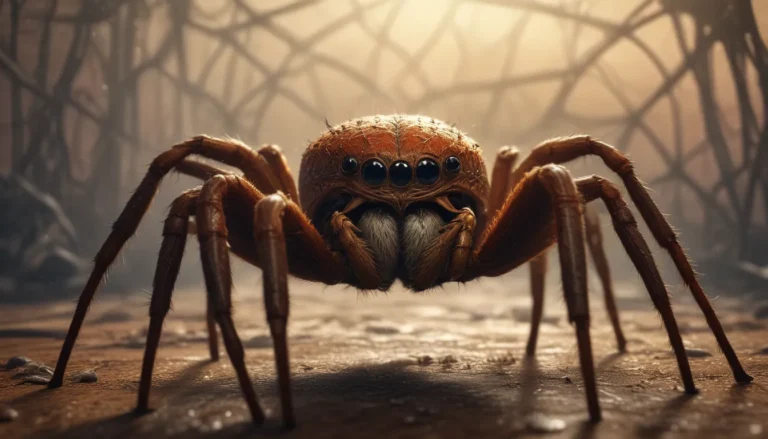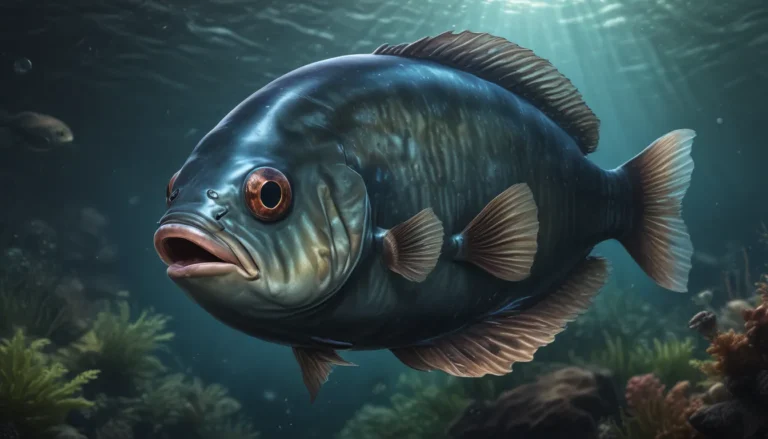The pictures we use in our articles might not show exactly what the words say. We choose these pictures to make you interested in reading more. The pictures work together with the words but don’t take their place. The words still tell you the important facts.
Termites, often underestimated as insignificant creatures, hold a powerful impact on our ecosystem. These silent destroyers possess an astonishing ability to cause significant damage to structures worldwide. While they may be viewed as pests, understanding these tiny insects can provide invaluable insights for homeowners and pest control professionals seeking to protect their properties. Join us as we delve into 15 fascinating facts about termites that will alter your perception of these remarkable creatures.
Unveiling the Enigmatic World of Termites:
Termites, highly social insects, form large colonies where each member fulfills a specialized role. Their intricate caste system allows them to work cohesively towards the survival of the group. Found on every continent except Antarctica, termites thrive in warm and humid environments, predominantly in tropical and subtropical regions. Despite being considered pests in human settlements, termites serve a critical ecological role as decomposers, breaking down dead plant material and enriching the soil with essential nutrients.
The Remarkable World of Termites Unveiled:
- Voracious Appetite: Termites have an insatiable hunger for wood and cellulose materials, posing a significant threat to wooden structures.
- Eusocial Behavior: Exhibiting advanced social organization, termites have specialized roles such as workers, soldiers, and reproductive individuals within their colonies.
- Communication Mechanisms: Termites communicate through chemical signals and vibrations, using pheromones to convey messages about food sources, reproduction, and potential threats.
- Winged Reproductives: During their reproductive stage, termites develop wings and engage in a nuptial flight to establish new colonies.
- Allergic Reactions: Exposure to termite droppings or shed skins can trigger allergic reactions in some individuals, emphasizing the importance of professional assistance in managing infestations.
The Ecological Significance of Termites:
Termites, despite their pest status, play a vital role in nutrient cycling, soil improvement, and forest decomposition. Thriving in diverse habitats such as grasslands, deserts, and mountains, termites contribute to the natural balance of ecosystems. With a lifespan ranging from several years for individual termites to up to 50 years for queen termites, these resilient insects showcase remarkable longevity within their colonies.
Appreciating the Architectural Prowess of Termites:
Termites construct intricate networks of tunnels and galleries using saliva, feces, and tiny wood particles. These tunnels serve multiple functions, including transportation, protection, and maintenance of optimal humidity levels within the colony. Living in large colonies consisting of thousands to millions of individuals, termites aid in forest decomposition, recycling nutrients back into the ecosystem and providing shelter for countless other organisms.
Frequently Asked Questions:
- Lifespan: Worker termites can live for one to two years, while queen termites can survive for several decades.
- Harm to Humans: While termites do not harm humans directly, they can cause extensive damage to wooden structures and furniture if left unchecked.
- Flying Ability: Yes, some termite species have wings and are capable of flying, particularly during their reproductive phase.
- Infestation Identification: Common signs include hollow-sounding wood, discarded wings, mud tubes on walls or foundations, and fecal pellets near infested areas.
- Control and Elimination: Professional pest control treatments are effective in managing and eradicating termite infestations, with licensed experts offering tailored solutions.
- Environmental Benefits: Termites contribute to nutrient cycling, soil aeration, and forest decomposition, playing a crucial role in maintaining ecosystem balance.
- Human Bites: Termites rarely bite humans, as their primary focus is on consuming wood and cellulose-based materials.
In conclusion, termites, though small in size, wield a significant influence on our environment. Appreciating their ecological importance, architectural prowess, and adaptive behaviors can foster a deeper understanding of these resilient insects. Whether admired for their remarkable abilities or feared for their destructive potential, termites undeniably captivate with their intricate societies and unique characteristics. Next time you encounter a termite or witness signs of their presence, take a moment to acknowledge the fascinating world of termites beneath our feet.
As you explore the enthralling realm of termites, consider delving into the lives of other captivating insects such as anteaters and numbat. These remarkable creatures boast intriguing adaptations and behaviors that will leave you in awe. Discover the astonishing facts that set them apart in the animal kingdom, offering a deeper appreciation for the diversity and complexity of nature.
Engaging with Termites: Your Path to Understanding Nature’s Architects
We are committed to delivering reliable and compelling content, contributed by real users like you, to enrich your knowledge and curiosity. Our dedication to accuracy and authenticity ensures that each fact shared is not only captivating but also credible. Trust in our quest for quality as we journey together through the captivating world of insects and beyond.
